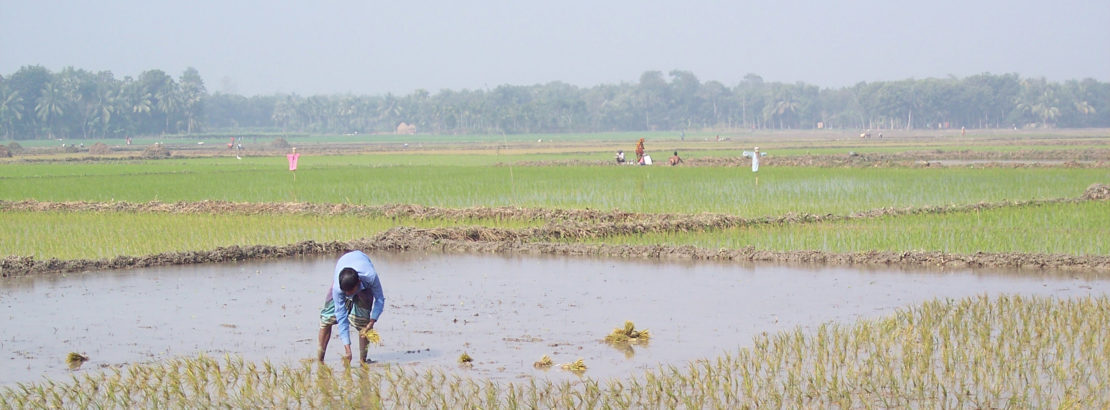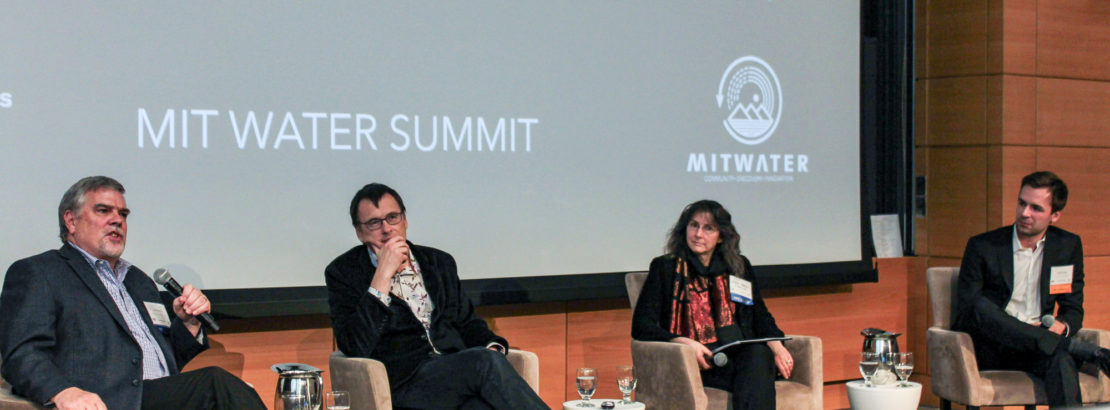
Research from Professor Charles Harvey shows arsenic in groundwater damages rice yield in Bangladesh
[fusion_text]New research from Professor Charles Harvey and graduate student Brittany Huhmann shows that the presence of arsenic in groundwater, deposited through irrigation, damages the rice yield in Bangladesh. The field study was conducted during the 2015 […]



